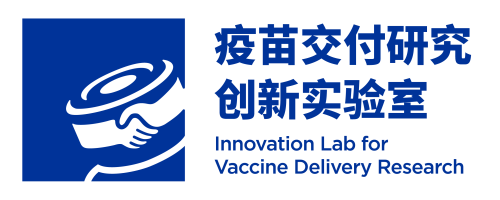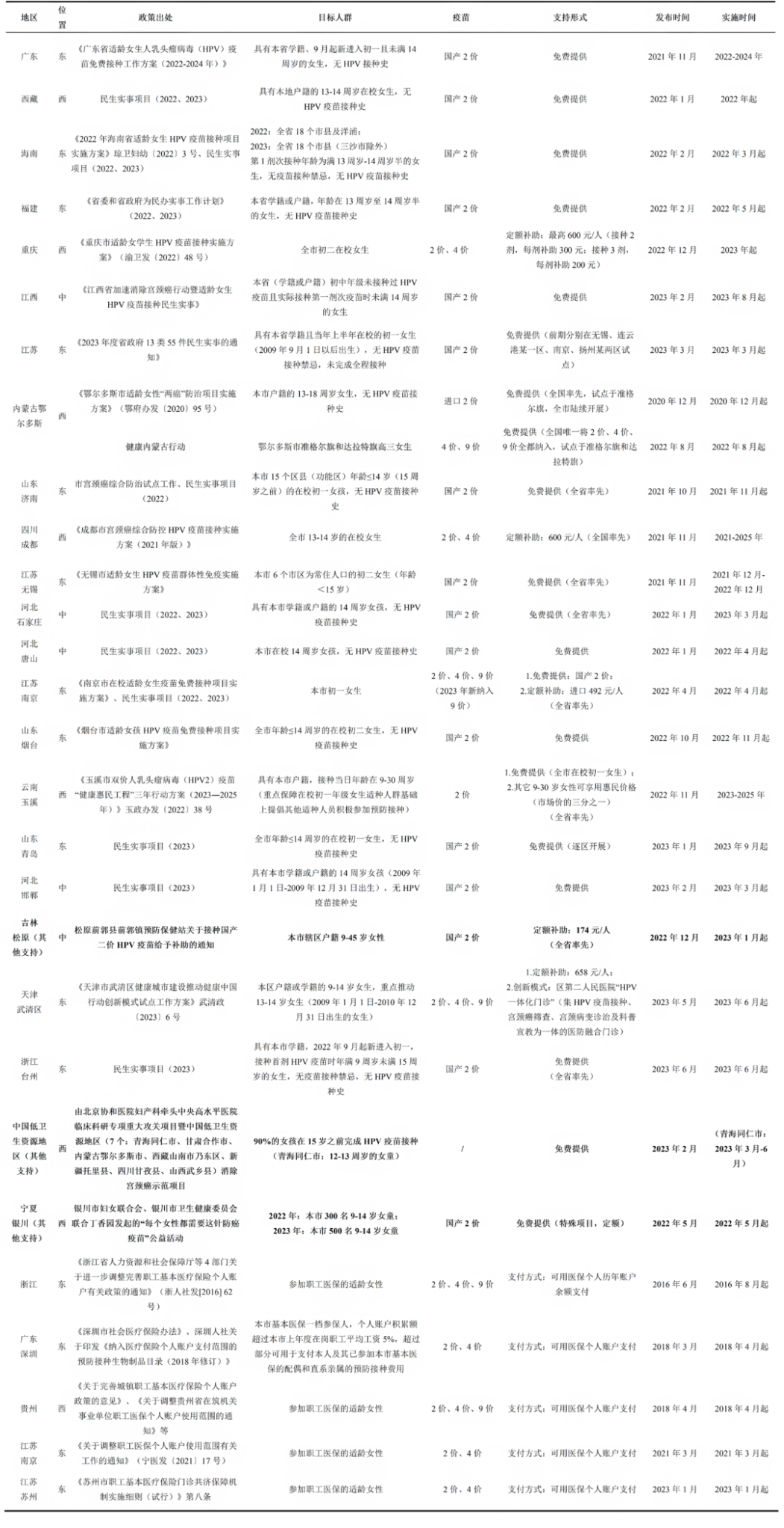Global/National Policy Update
01
The Global vaccine market report 2023 update
WHO published the Global vaccine market report 2023 update, summarizing the overall health of the vaccine market in terms of enhancing access to vaccines. According to the report, Global vaccine supply remains uneven. Besides lack of access to specific vaccines, stock-outs have historically remained a problem for countries, with 82 reporting at least one national stock-out in 2022. Countries reported stock-outs for all vaccine types, with most of them occurring for OPV, BCG and DTP containing vaccines. The report calls on governments, industry, international organizations, and partners to take actions to promote equitable access to vaccines worldwide.
02
Hong Kong government announced citizens aged 6 months or above could receive XBB vaccine for free
Starting from 27 March 2024, eligible citizens aged 6 months or above who are still not vaccinated or have not yet completed COVID-19 vaccine primary doses, may choose to receive XBB vaccine for free as primary dose. High risk groups could receive XBB vaccine as primary or booster dose for free. All eligible persons can still choose other available COVID-19 vaccine types based on their personal preference.
https://www.chp.gov.hk/sc/features/106952.html
03
Hubei Province will offer free bivalent HPV vaccinations to 14-year-old girls
Providing two doses of the bivalent HPV vaccine for free and on a voluntary basis to 14-year-old girls has been set as part of Hubei’s 2024 livelihood projects. Girls under 15 years old (as of December 31, 2024) who entered the first year of junior high school in September 2023, with no history of HPV vaccination are eligible for the free vaccination. (Source: Hubei Daily)
04
MSD will no longer supply Hepatitis A vaccines (VAQTA) to the Chinese market
Based on adjustments in its global commercial strategy, the evaluation of existing research and production resources, and the consideration of whether local products can adequately meet market demands, Merck decided to stop supplying the Hepatitis A inactivated vaccine (VAQTA) to China. No clear instructions had given so far regarding the use of the Hepatitis A vaccines that have already been in the market. (Source: Jiemian News)
05
Xiamen has successfully exported the largest number of domestic HPV vaccines in China
On March 26th, a shipment of 703,700 units (bottles) bivalent HPV vaccine was successfully exported from Xiamen, marking the largest single export quantity of domestic HPV vaccines in China. As of March 25th 2024, Xiamen Innovax has exported a total of 703,800 units (bottles) of HPV vaccine, a 15-fold increase compared to the same period in 2023. (Source: The Fujian People’s Government)
Journal Content Recommendation
06
A mixed integer programming model for vaccine pricing within a group purchasing organization
This work provides a model for price-setting (subsidy allocation) decisions for a group of buyers and provides a quantitative comparison of different pricing schemes. The results suggest that tiered pricing performs better in the Gavi group compared to the PAHO group, in part because the ability to pay and willingness to pay have a higher degree of rank correlation within the former group of countries.
https://doi.org/10.1016/j.vaccine.2023.10.040
07
Equity impact of HPV vaccination on lifetime projections of cervical cancer burden among cohorts in 84 countries by global, regional, and income levels, 2010–22: a modelling study
The health impact of HPV vaccination varied across the 84 countries and ranged from Switzerland to Tanzania at 2 to 34 deaths, 4 to 47 cases, and 40 to 735 DALYs averted per 1000 vaccinated adolescent girls over the lifetime of the vaccinated cohorts of 2010–22. The findings suggested that countries with a relatively higher cervical cancer burden and thereby a relatively higher need for HPV vaccination had relatively lower coverage during 2010–22. Further, there were significant inequities in HPV vaccination coverage within the Americas, Europe, and Western Pacific regions, and in high- and low-income countries with a pro-advantaged and regressive distribution favoring countries with lower vaccine impact.
https://doi.org/10.1016/j.eclinm.2024.102524
08
Phase 3 Safety and Immunogenicity Study of a Three-dose Series of Twenty-valent Pneumococcal Conjugate Vaccine in Healthy Infants and Toddlers
This phase 3, randomized (1:1), double-blind study evaluated safety and immunogenicity of 20-valent PCV (PCV20) relative to 13-valent PCV (PCV13) in healthy infants. PCV20 3-dose series in infants was safe and elicited robust immune responses. Based on these results and PCV13 experience, PCV20 3-dose schedule is expected to be protective for all 20 vaccine serotypes.
https://doi.org/10.1097/inf.0000000000004300
09
Global Disparities in Access to Vaccine Clinical Trials: A Review of the Literature
Most clinical trials are sponsored and conducted by companies in high-income countries. In this review, several themes are highlighted including poorly defined regulatory and ethical guidelines, staff shortages, lack of research infrastructure, and logistical barriers. The study discuss how these challenges have affected vaccine development in various capacities through case examples of SARS-CoV-2, poliovirus, and malaria. Many challenges remain in equitable vaccine clinical trial development and implementation. Facilitating the implementation of locally sponsored vaccine clinical trials in LMICs may be one avenue to address these challenges.
https://doi.org/10.3390/vaccines12040348
10
Exploring mother-daughter communication and social media influence on HPV vaccine refusal for daughters aged 9-17 years in a cross-sectional survey of 11,728 mothers in China
More openness in the mother-daughter communication, perceived more positive outcomes of mother-daughter communication, higher frequency of exposure to testimonials about daughters’ HPV vaccination and information encouraging parents to vaccinate their daughters against HPV on social media, and thoughtful consideration of the veracity of the information specific to HPV vaccines were associated with lower vaccine refusal. The level of mothers’ HPV vaccine refusal for their daughters was high in China. Openness and outcome expectancies of mother-daughter communication and information exposure on social media were considered key determinants of HPV vaccine refusal for daughters.
https://doi.org/10.1080/21645515.2024.2333111
Content Editor: Tianyi Deng
Page Editor: Jiaqi Zu/Ziqi Liu





